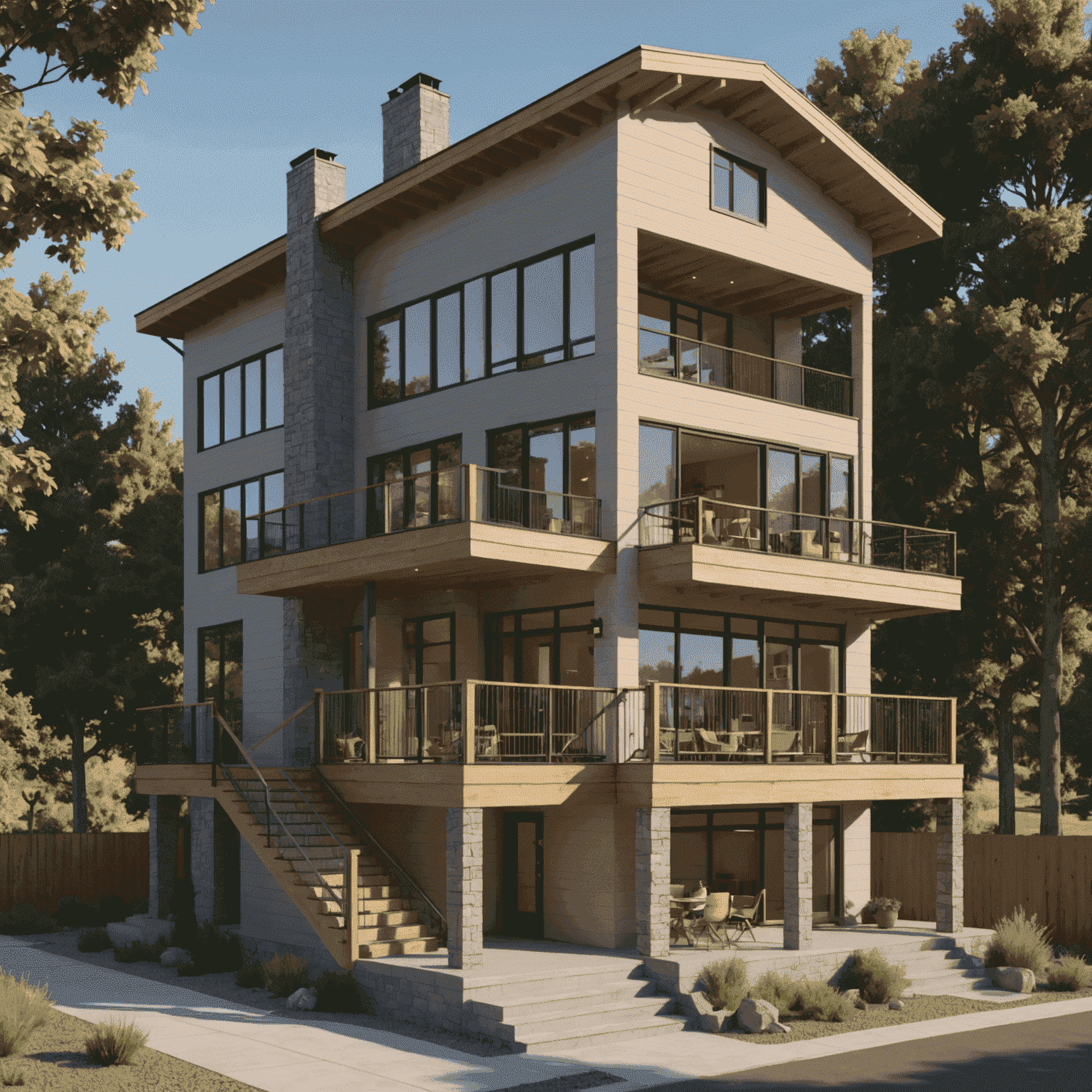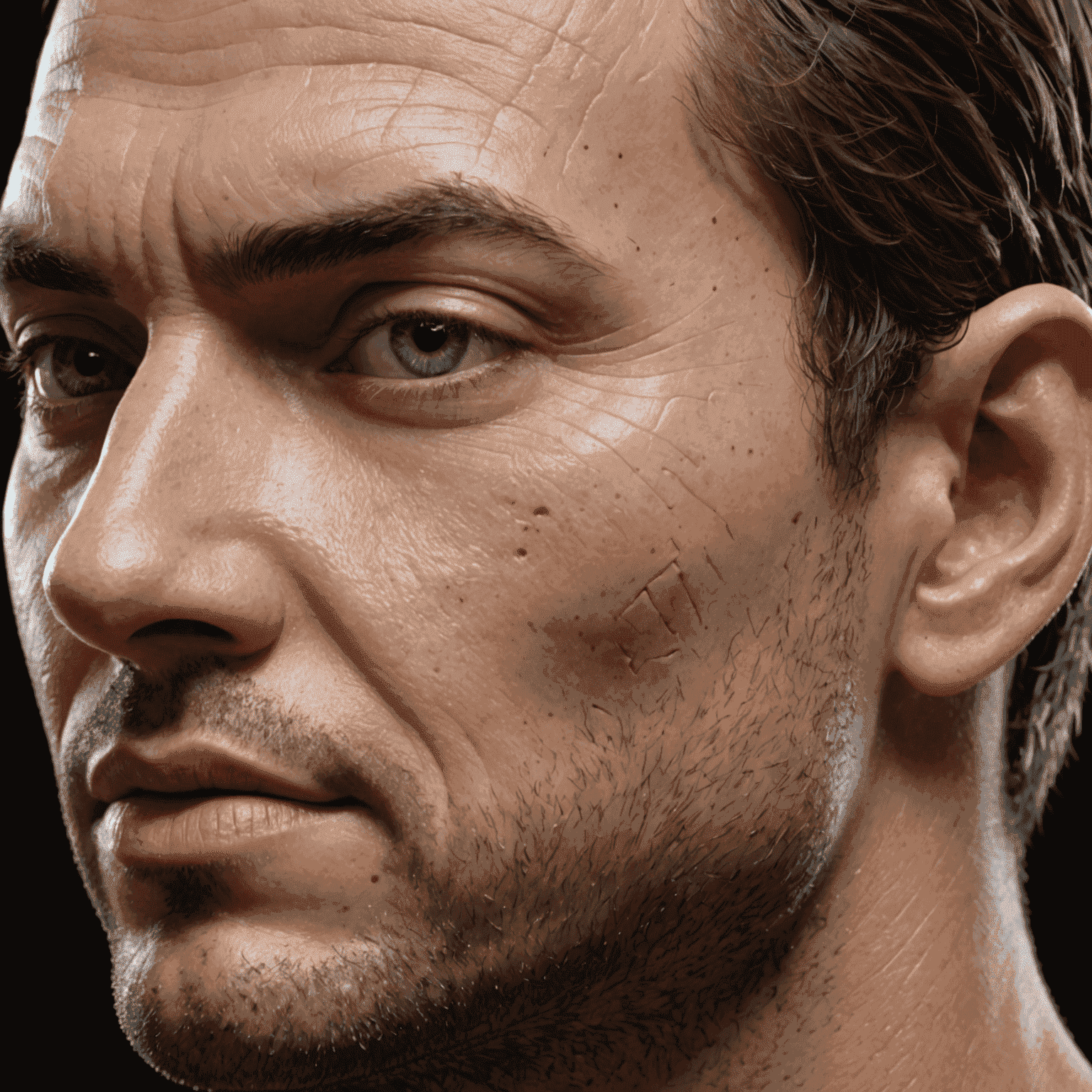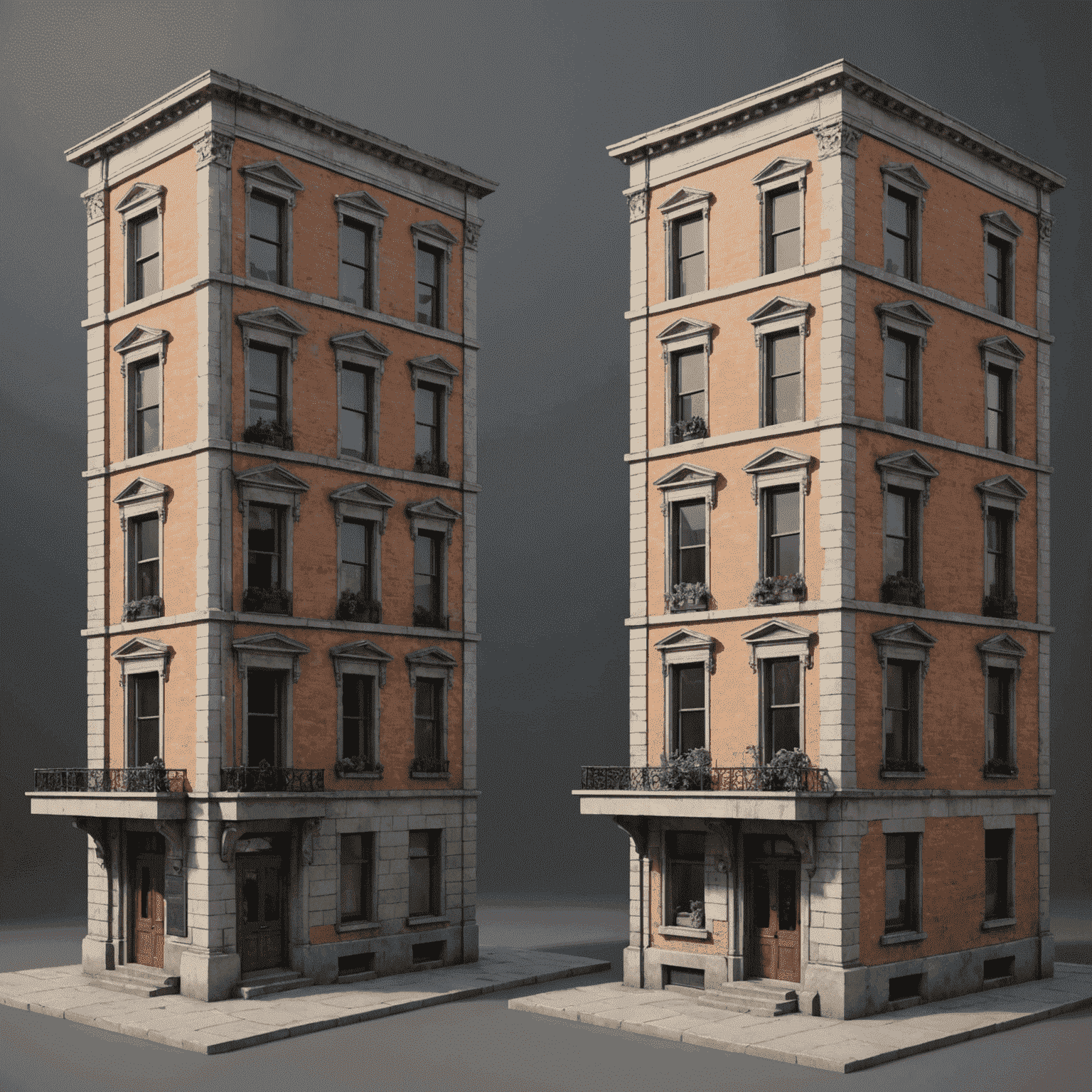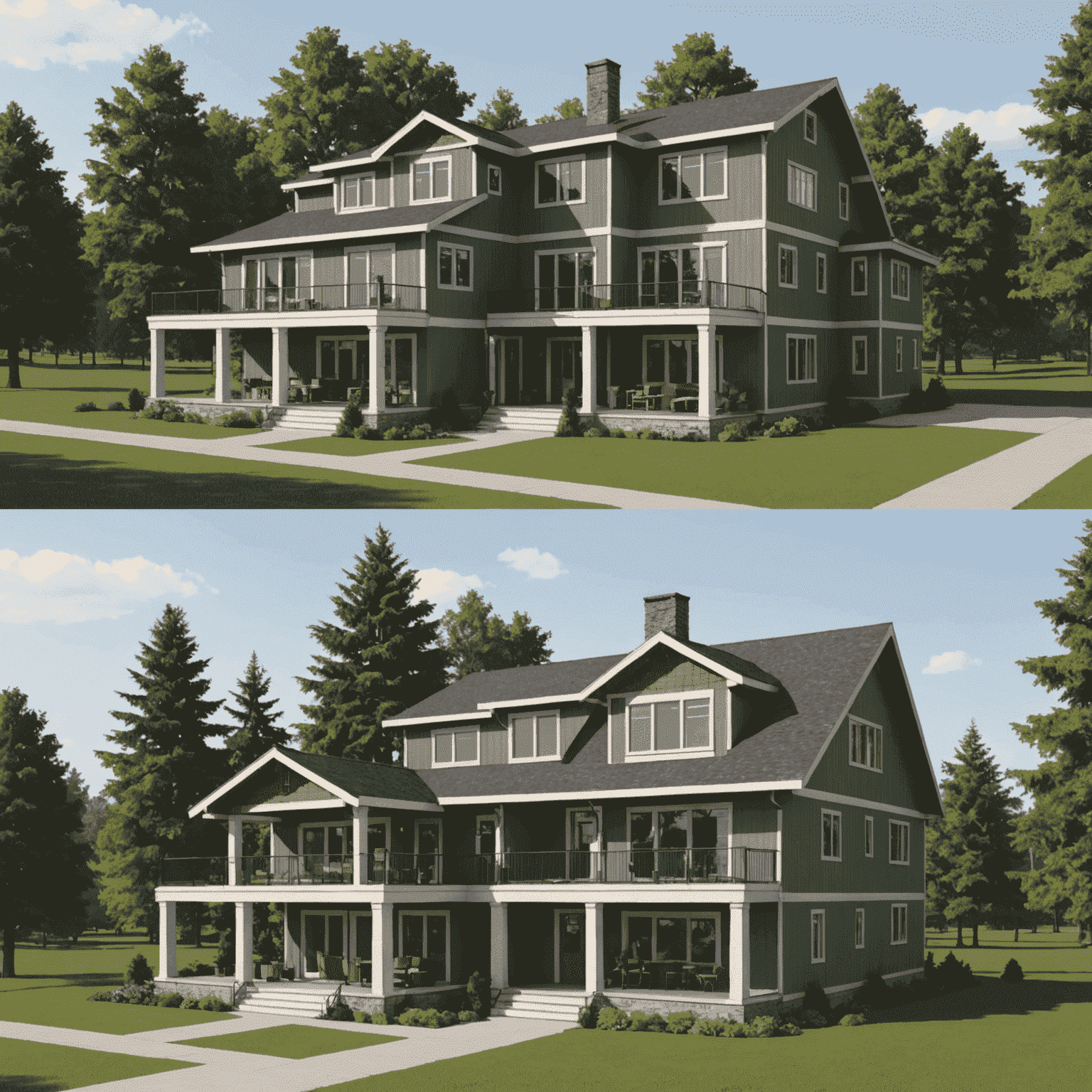5 Common SketchUp Modeling Mistakes and How to Avoid Them

Creating 3D models in SketchUp can be both rewarding and challenging. Whether you're a beginner or an experienced user, certain mistakes can compromise your workflow and final results. In this article, we'll explore five common SketchUp modeling errors and provide practical solutions to help you create more efficient, accurate, and professional 3D models.
1. Improper Scale and Dimensions

The Problem:
Many users begin modeling without setting the correct units or scale, resulting in models that are either too large or too small. This becomes particularly problematic when importing the model into other software or when trying to create accurate construction documents.
How to Avoid:
- Always set your units (imperial or metric) before starting a new model via Window > Model Info > Units
- Use real-world dimensions when creating your model
- Utilize the Tape Measure tool to verify dimensions as you work
- Create a reference object of known size to maintain scale perspective
2. Creating Overlapping Geometry

The Problem:
Overlapping faces and edges create confusion for SketchUp's rendering engine, leading to visual glitches, rendering problems, and difficulties when trying to edit your model later. This is especially common when using the Push/Pull tool repeatedly on the same surface.
How to Avoid:
- Use the Intersect Faces tool to create clean intersections between objects
- Regularly check your model with X-ray view mode to spot overlapping geometry
- Delete redundant faces after operations that might create them
- Use components and groups to prevent geometry from merging unintentionally
- Consider using the Solid Inspector extension to identify and fix issues
3. Reversed Faces and Material Issues

The Problem:
SketchUp faces have a front and back side, with the front typically appearing white and the back blue by default. Reversed faces can cause inconsistent material application, rendering issues, and problems when exporting to other software.
How to Avoid:
- Regularly check your model for blue faces that should be white
- Right-click on reversed faces and select "Reverse Faces" to correct them
- Use the Orient Faces tool to fix multiple faces at once
- Draw faces in a consistent direction (clockwise or counterclockwise)
- Apply materials to both sides of faces for important visible elements
4. Excessive Detail and Poor Performance

The Problem:
Adding too much detail, especially in areas that won't be prominently visible, can significantly slow down SketchUp's performance. Large models with unnecessary complexity become difficult to navigate and edit.
How to Avoid:
- Use the appropriate level of detail for your project's purpose
- Create simplified versions of complex objects for distant views
- Utilize components for repeated elements to reduce file size
- Purge unused components, materials, and styles regularly
- Consider using 2D faces with textures instead of detailed 3D geometry for elements like vegetation
- Hide complex geometry in scenes where it's not needed
5. Poor Organization and Layer Management

The Problem:
Failing to organize your model with proper groups, components, and tags (formerly layers) makes it difficult to select, edit, and manage elements. This becomes increasingly problematic as models grow in complexity.
How to Avoid:
- Group related geometry as soon as it's created
- Use components for elements that will be repeated
- Create a logical naming convention for components and groups
- Utilize tags to control visibility of different model elements
- Create a hierarchical structure with nested groups and components
- Use scenes to save different views and visibility states
- Consider using the Outliner panel to manage your model's organization
Conclusion
By avoiding these common modeling mistakes, you'll create more efficient, accurate, and professional SketchUp models. Remember that good modeling practices not only improve the visual quality of your work but also enhance your workflow efficiency and make collaboration with others smoother.
Taking the time to develop proper modeling habits early on will save you countless hours of troubleshooting and rework later. Whether you're creating architectural visualizations, product designs, or interior spaces, these principles will help you achieve better results in your 3D modeling projects.